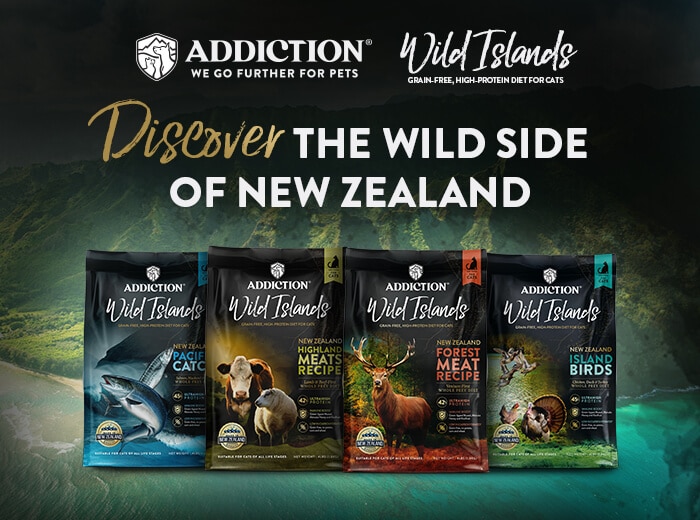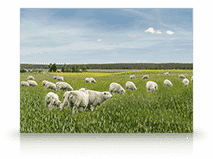Dogs and cats can develop food allergies just like people.
They, unlike people, cannot share crucial information for accurate diagnosis. Therefore, with the help of a veterinarian, pet owners have to systematically rule out all other health issues before settling on a diagnosis of food allergy.
The tendency to develop allergies is also genetically determined. Dogs with other allergies like inhalant allergies or atopy may be at increased risk for developing a food allergy. Food allergy is an immune response which causes itching sensations due to the consumption of a particular allergen in a diet. In plain speak, this means if your pet eats something they are allergic to, they will itch. This adverse reaction is believed to be associated with the Type I immune response. Get ready for some big words and I’ll try to explain it.
Upon first exposure to the allergen, the body initiates an immune response to the allergen by producing immunoglobulin E (IgE) antibodies. There are usually no significant external reactions. However, when the same allergen is re-ingested, the IgE antibodies bind to the allergen and initiate an inflammatory reaction. Clinical signs in dogs are variable, non-seasonal and may occur at any age. In other words, your pet can develop food allergies at any time in their life with no rhyme or reason. A primary eruption or open sore may be evident although pruritus (I’ve linked to the definition of this word which I’m pretty sure I couldn’t pronounce if I had to say it) especially of the face, ears and belly is the most obvious sign of a food allergy. Gastrointestinal signs such as vomiting or diarrhea also occur occasionally. As for cats, clinical signs are non-seasonal pruritus (There’s that word again. Aren’t you glad you now know what it means?) usually affecting its head and neck.
Most importantly, do not confuse food allergies with food intolerances. Food intolerances do not cause allergic reactions such as itching and skin problems. Instead, they can result in diarrhea or vomiting, where it is the same kind of reaction that occurs when we have eaten spicy or greasy foods which are not agreeable with us. On the contrary, canine and feline food allergies are true allergies, with symptoms such as hot spots and itchy skin.
Next up we’ll dig a little deeper into food allergy. Also, I may need to use pruritus some more…just because I can. Thanks for reading!











